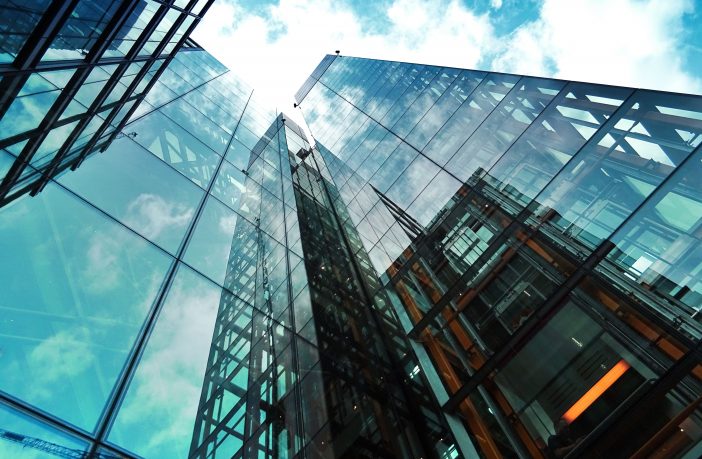- Tall, windowed skyscrapers loom over many major metropolitan areas.
- These highly glazed buildings are not particularly efficient, but newly published research in One Earth shows that PV windows can help considerably.
“There are preconceived notions of what an energy-efficient building looks like, and it usually is not highly glazed, and it probably isn’t very tall,” said Lance Wheeler, a scientist at NREL. “We found that there are other ways to build high-efficiency buildings.”
Wheeler developed PVWindow, a new type of open-source software on GitHub, to model the impact of the technology. In a report, he and his colleagues describe the building design rules that could lead to “net-zero” or even “net-positive” energy consumption.
Skyscrapers often have a high ratio of window to wall. For example, the 1915 Equitable Building in New York, has a window-to-wall ratio of 25%. This compares to the Bank of America Tower of 2016, which has a of 71% window-to-wall ratio.
The researchers modeled a window-to-wall ratio of 95% to demonstrate the impact glazing has on building energy performance. They also found that triple-paned windows are highly effective in reducing energy use.
“Picture a skyline in, like, New York City where there are these high-rise buildings that are entirely glass,” said Wheeler. “They’re fully glazed. The Freedom Tower has millions of square feet of glass. It could be a power plant in itself.
Author: Ryan Kennedy
This article was originally published in pv magazine and is republished with permission.















